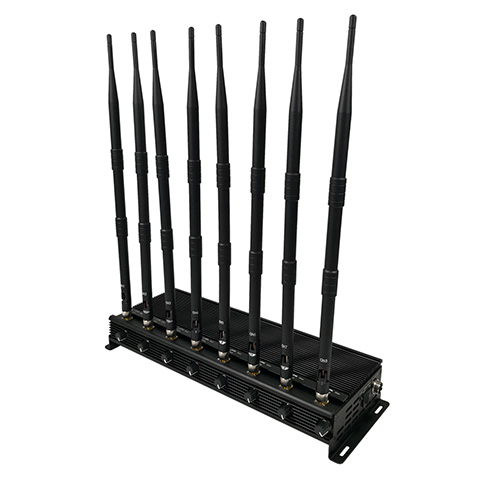Important admissions exams, qualifying exams or final exams require the installation of a wifi jammer to block electronic signals around the test room and prevent possible electronic cheating.
How much area can the wifi signal jammer in the exam room block? Can only one shielding device be used in an examination room to achieve shielding purpose? How many jammers should a school building use? Many people have questions
First of all, we need to know that the wifi jammer device in the test room has a theoretical shielding range, which is about a radius of 0-20 meters, but please note that this is a theoretical distance. The actual effect should be combined with the local signal strength, especially whether there is a signal base station nearby. Decide.
If there is a signal base station within 200 meters, the shielding effect will be reduced, and the wall will also weaken the shielding effect of the shield, and the shielding effect will be weakened due to the stronger signal near the window.

The standard classroom of the school is generally about 75 square meters. Each classroom can be equipped with a wifi scrambler to achieve better results. It can be placed in the middle of the classroom and can shield the maximum range. Of course, this must be determined in conjunction with the power wiring.
It is also very common to place the jammer at the podium. If it is a larger classroom or there is a signal tower nearby, you can place two signal jammers in each classroom, one in the front and one in the front. Due to the enhanced superposition of the shielded signal, 1+1> 2 for better results.
In addition, in order to ensure the shielding effect, you can also arrange a shielding device every 10-20 meters in the aisle of the teaching building. Finally, it should be noted that the installation height of the shielding device is preferably 1.5-2 meters from the ground.
Jammer mart 5G full-band wifi jammer NZ-10 is suitable for anti-cheating mobile phone bluetooth headsets for college entrance examinations.
Wifi blocker can block frequency bands:

